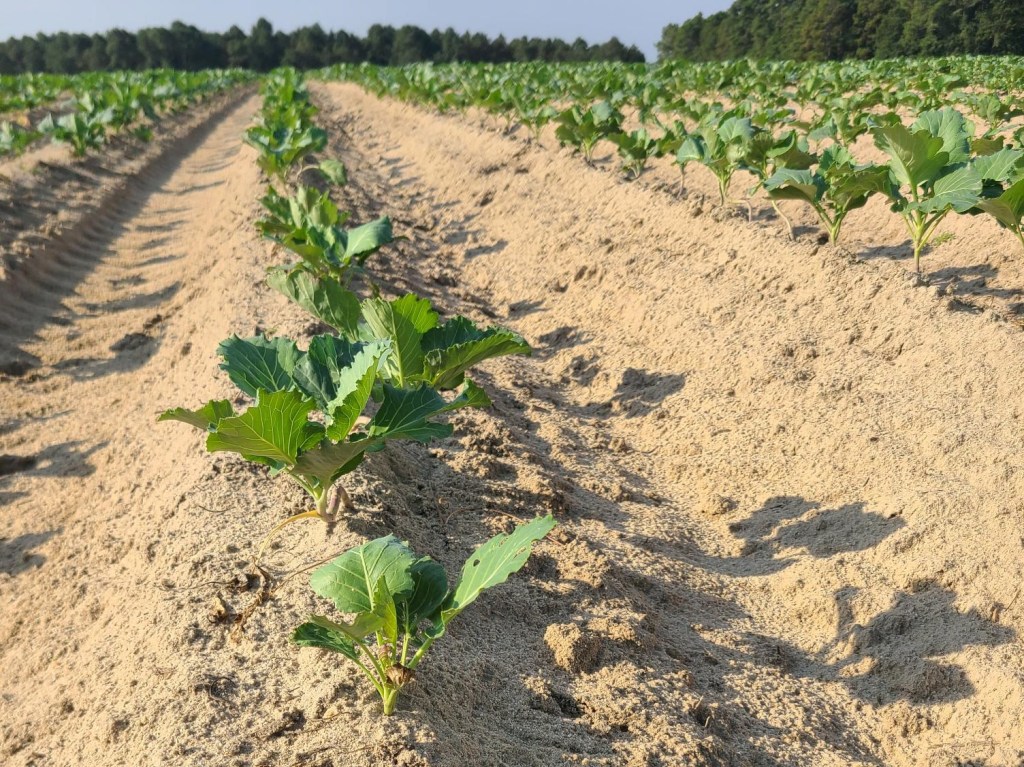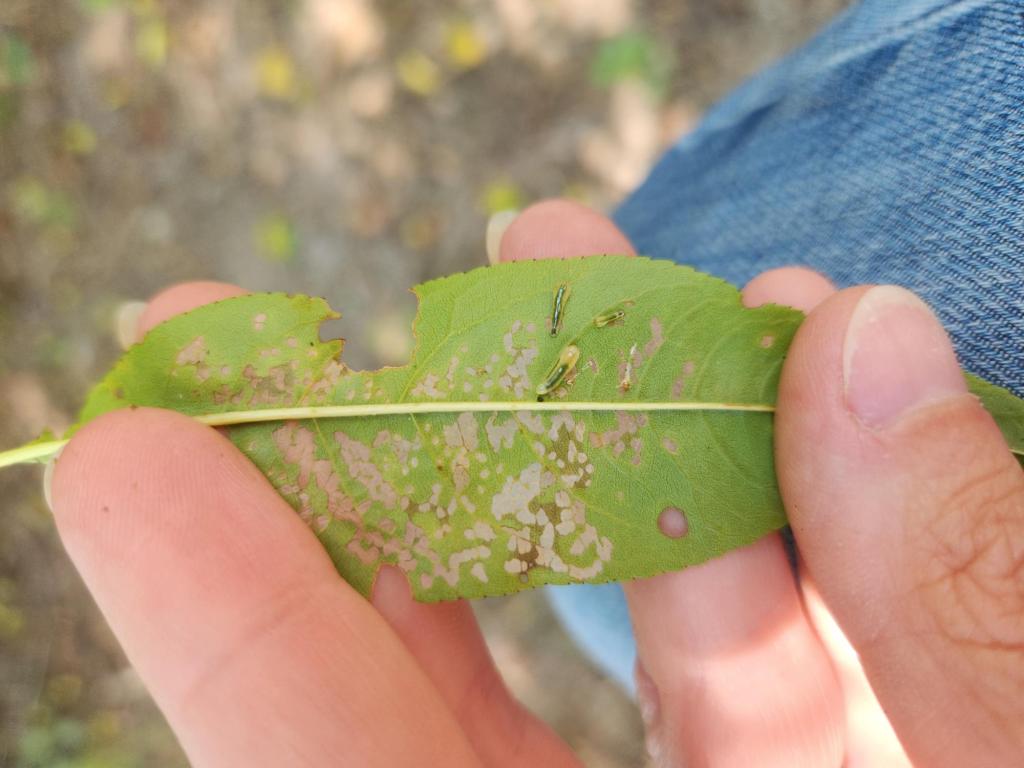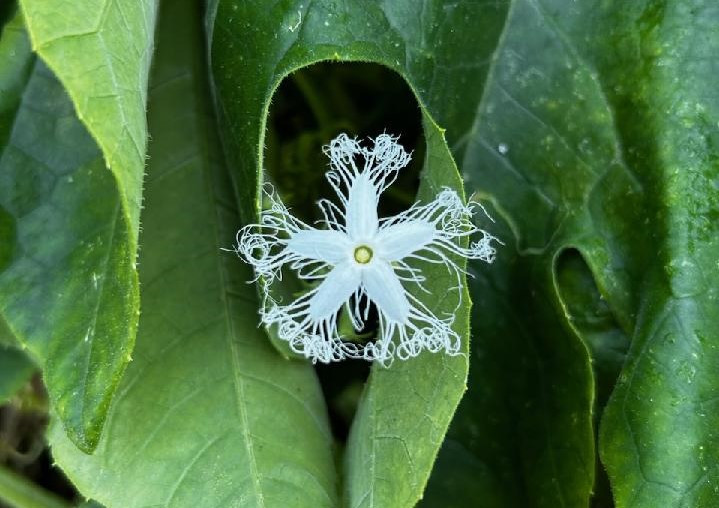Recently, the results of the 2022 Farm Gate survey were posted showing data for several crops grown in SC. In the coming weeks, we will be collecting data for 2023 on a new set of crops. Extension Agents from around the state will be contacting growers to ask about this data. Our goal will be to calculate a total value for each crop in order to highlight the importance of agriculture in SC, track agricultural trends, obtain research funding, and provide information to our legislators who influence agricultural policy. No personal or identifying data will be published. Revisit the reports from 2022 to see an example of what will be released.
Check out upcoming meetings on the Upcoming Events tab, and don’t forget to look at our Resources tab for links to crop handbooks, helpful websites, and related blogs. Also, check out the latest episode of the SC Grower Exchange Podcast.
Be sure to scroll all the way to the bottom to see this week’s Question of the Week, and check back on Thursday for the answer.
Midlands
Rob Last
- Some welcome rainfall we had over the weekend will help to keep soil moisture reserves available for crops. Looking at the forecast, we are looking at some reduced temperatures, which will help to set fall solanaceous fruit.
- I am beginning to pick up diseases in crops, particularly bacterial diseases such as black rot in some brassica fields.
- Keep scouting crops for symptoms of pest and disease activity.
- Diamondback moths are present but are currently at low levels.
- Checking plants before transplanting is critical to prevent introducing disease and pest issues into the field from the nursery. As we move towards strawberry planting season, checking plants becomes more crucial.

Sarah Scott
- Heavy rains from last week’s tropical system have areas wet and muddy still. Some pockets experienced wind damage along with scattered hail. No great damage was reported.
- Fields are being prepped and plastic laid for fall plantings of brassicas as well as strawberries.
- Although peach season has past, we are seeing several issues that come as consequence with reduced spray management in seasons with little to no crop. Mummy fruit is hanging on in some fields and growers need to make sure they remove all they can to reduce disease inoculum for next year’s crop. Pests that would normally be kept at bay with regular cover sprays have flared up. An example being sawflies. Sawfly is not typically an issue that needs addressing because it usually isn’t a heavy feeder of peach and if present, summer pyrethroid sprays will knock it out fairly easily. However, with reduced sprays due to significant crop loss this season, we have seen a hefty population move in and defoliate trees prematurely. In areas where leaves are still plentiful and pests are present, growers can apply a pyrethroid spray.



Pee Dee
Brittney King
- We had some cooler temps and some rainfall last week, so be on the lookout for fungal issues caused by increased periods of leaf wetness.
- Some summer vegetables still being harvested, such as okra, tomatoes, squash, melons, watermelons.
- Fall greens are being planted and coming along well over all. Make sure to be scouting leafy greens for diamondback moth and other pests.
Question of the Week
What will develop from this this hairy-looking flower?

Answer in the comments below and check back on Thursday to see the answer.